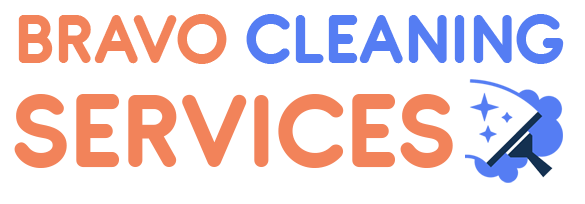An Overview of Toronto Commercial Cleaning
The commercial segment has been growing rapidly over the past several years with an estimated rate of 5.8% from 2015 through 2022. According to one 2020 report, the commercial cleaning sector accounted for $50.4 billion in annual revenue. While the forecast was made before Covid 19 created a higher demand, it is clear that commercial cleaning is a major and extremely important industry.
The cleaning domain can be divided into several sectors including residential cleaning, specialty cleaning, and commercial janitorial services. As of May 2019, about 60,000 cleaning services companies hire over 3 million individuals.
Commercial Janitorial Services Provided
A quick look at the cleaning industry would have you assume that cleaning professionals offer the same services to clients including dusting, vacuuming, sweeping, mopping, scrubbing hard surfaces and emptying trash.
A closer examination, however, reveals that specific industry niches have varying expectations when it comes to commercial cleaning in Toronto. To serve the healthcare industry, for example, environmental services professionals need to offer a high level of surface disinfection compared to cleaning other settings. Cleaning companies that focus on offices may be required to work after hours in order to avoid disruption during business hours. Cleaning companies serving airports may be expected to observe strict security practices when hiring cleaners. Knowing the target industry’s pain points helps cleaning companies better serve their clients and get into new markets successfully.
This differentiation is especially vital for smaller firms looking to penetrate this highly fragmented domain. Data shows that the top 50 companies in the Canadian cleaning services industry generated about 30% of the total annual revenue. These companies usually have an edge in the industry by serving clients across multiple locations. As such, the smaller businesses need to carefully position themselves in the local markets and meet if not go beyond their clients’ expectations.
Commercial janitorial services companies also have several options in regards to the contract they utilize to get work and it’s a decision that ends up affecting how the job is done. Basically, there are two types of contracts: Performance-based and prescriptive. The latter show precisely which tasks need to be done, and in some situations, the steps that have to be followed for the desired results. The former becomes helpful in preventive maintenance tasks like instructions on how to take care of a carpet in order to maintain the warranty. However, this doesn’t always provide the desired results and as a result, more and more cleaning firms are switching to performance-based cleaning contracts.
These contracts focus more on the results and also provide contractors a higher level of autonomy when it comes to deciding which tasks, tools, and equipment will provide the best outcome. A performance-based contract strategy aims to reach the client’s desired final outcome while giving the cleaning company the flexibility to achieve that result using the most efficient and effective strategy possible. In addition to allowing flexibility, driving better outcomes and saving time, cleaning professionals are able to make savings that they can then pass down to clients or reinvested in the venture.

The performance-based cleaning contract strategy, however, can be challenging as both the client and contractor must have a clear and concise strategy for assessing results. On the other hand, prescriptive contractors have a list of tasks that need to be checked off when completed.
According to forecasts, the cleaning industry is expected to grow even more and hit $74.3 billion by next year. This is in part attributed to the vast growth in commercial settings, which creates new demand and opportunities. In the U.S alone, commercial settings sq footage is estimated to increase by 126.1 billion square feet by 2050, a staggering 36% increase. With such growth, the Bureau of Labor Statistics predicts a 10% increase in cleaning jobs opportunities by the year 2026, immediately putting it at the top 10 fast-growing jobs.
These projections were made before the pandemic, which has driven demand and an entirely different manner. Before, the commercial cleaning industry has been prone to damage as a result of the economic downturn. That’s primarily because most sectors considered it as a luxury and companies would switch to a cheaper provider or cut those services entirely. After the Great Recession, the cleaning industry experienced a 5.3% revenue decrease in 2008 and a 6.1% fall in 2009.
Marketdata estimated that the commercial industry cleaning industry would experience a fall in sales by 1.6% as a result of many settings closing due to coronavirus. However, the dip was projected to drop for just a short while as businesses adapted to the new normal following Covid-19 and as a result, increase the demand for janitorial services. Marketdata also predicted a 7.4% gain and recovery in 2021, followed by a 5.4% yearly gain through 2025.
Deep Cleaning Experiences Higher Demand
Another expected outcome of the pandemic is a higher demand for regular deep cleaning. Commercial buildings managers and owners predict that the design and cleaning of office settings in particular will change in response to the new social distancing expectations. Additionally, premises adopting passive solutions like Ultraviolet lights for nighttime disinfection and antimicrobial fabrics for chairs will drive the demand higher for deep cleaning.
This demand is not just the desire to put more focus on high-touch locations, but also help employees get more comfortable in going back to the workplace. Showing cleanliness measures is vital in easing concerns about the spread of Covid in the office.

